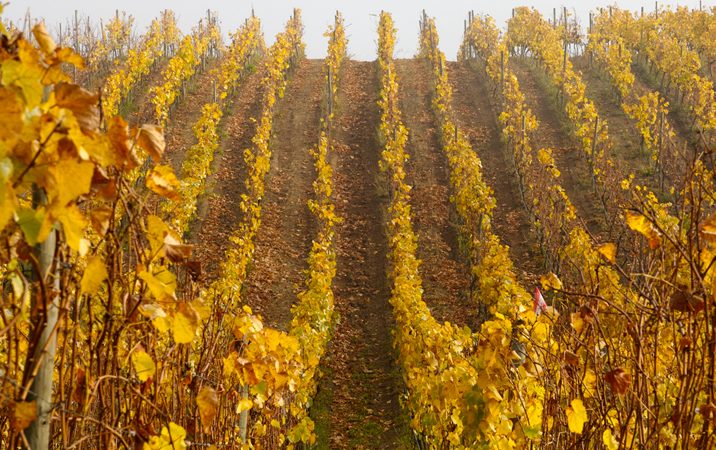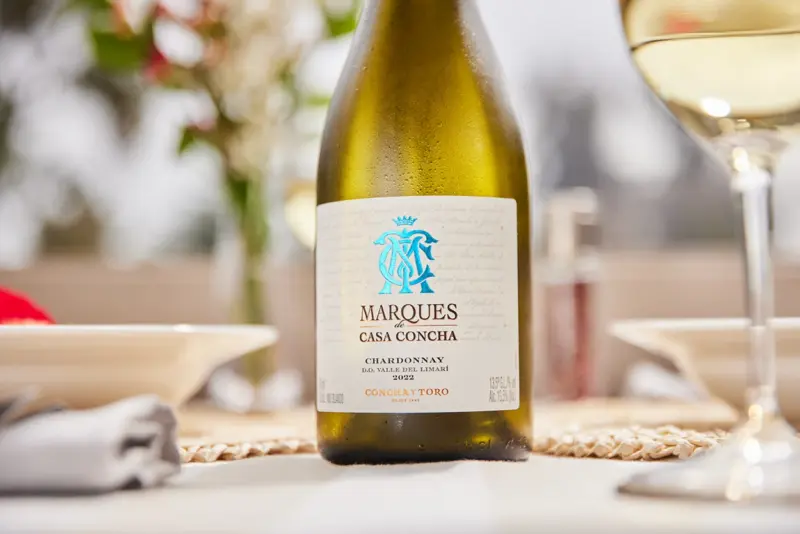Today, there are many varieties of grapes grown around the world, but winemakers are only interested in a handful. Among them, vitis vinifera plays an essential role.
Vitis vinifera, native to the Mediterranean including Europe and the Middle East, is the most important species of grapevine and accounts for no less than almost 90% of the grapes grown in the world. Almost all the varieties of grapes that have been used for thousands of years to make wine are produced from it. Although some table grapes also come from this species, others come from, for example, vitis Labrusca or Rotundifolia (both native to North America).
Vitis (or grapevine) is a climbing shrub that can reach up to six meters, and within it there are about 79 species of vines that are used for fresh table consumption and others for wine grapes. That is why we speak of two large groups: table grapes and wine grapes, where each variety has different characteristics. For this same reason, table grapes are not used to make wine, and vice versa.
The way they are grown is also different: table grapes are cultivated in warm climates, with plenty of sun and the vine is left to grow freely, generally resulting in high-yield crops. Meanwhile, wine vines are located in specific places, often in extreme climates and most are pruned by man. All this, to obtain grape berries with particular characteristics, often with much less yield.
This is why one of their main differences is in size. Table grapes have larger berries that can be round or oval, while grape berries for making wine are much smaller and rounder.

Then, we cannot fail to mention their skin. Red Globe, Crimson, Thompson and Flame (Vitis Labrusca) are the most traditional table grape varieties in Chile, characterized by a thin, clear skin that is very pleasant to eat. Meanwhile, wine grape varieties, such as Cabernet Sauvignon or Malbec, have a much thicker skin, vital for providing tannins and deep colours to the wine, which when tasted fresh generally leave a rather astringent sensation in the mouth (which are nothing more than tannins).
Have you ever walked through a vineyard and tasted grapes straight from the vine? Unlike table grapes, wine grapes are characterized by an intense and concentrated flavour, where the acidity and sweetness really surprise. Generally, they are less pleasant to eat fresh, since they also have seeds, which are providers of tannins. According to the 2022 cadastre of the Chilean Agricultural and Livestock Service (SAG), the surface area of vines for winemaking reached 129,016 hectares, of which 73% corresponds to red varieties and 26% to white varieties. The largest surface area corresponds to Cabernet Sauvignon, with 28% of the total planted, while in white varieties the Sauvignon Blanc (11%) and then Chardonnay (7.91%) lead.
We invite you to try Marques de Casa Concha Cabernet Sauvignon and Marques de Casa Concha Chardonnay to enjoy and understand a little more about what these popular vitis vinifera varieties are all about.





